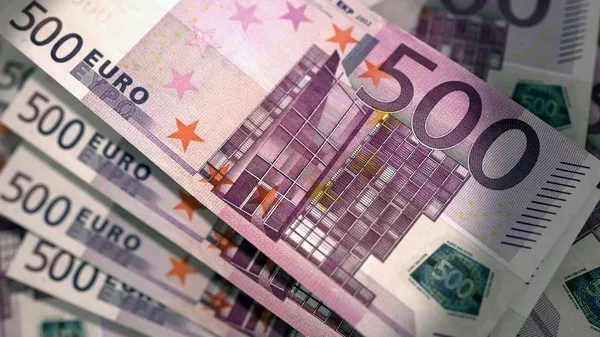The euro, the official currency of the Eurozone, plays a pivotal role in global financial markets and trade. As a key player among international currencies, the euro’s value is subject to various economic and geopolitical factors. In recent times, there has been speculation about whether the euro has devalued in comparison to other major currencies. In this article, we will comprehensively analyze the performance of the euro, explore the factors that contribute to its value, discuss recent trends, and provide insights into whether the euro has indeed experienced devaluation.
Understanding Currency Devaluation
1. Currency Valuation Dynamics
Currency valuation is a complex interplay of economic indicators, market sentiment, central bank policies, and global geopolitical events. Devaluation refers to a deliberate decrease in the value of a currency, typically undertaken by a country’s central bank.
2. Devaluation’s Implications
Devaluation can impact a country’s trade balance, inflation rate, and competitiveness in the global market. However, the concept of devaluation is different when applied to a currency like the euro, which represents multiple economies.
The Euro’s Historical Performance
1. Euro’s Introduction
The euro was introduced in 1999 as an accounting currency and in physical form in 2002. Its introduction aimed to promote economic integration among Eurozone countries and enhance their global presence.
2. Historical Exchange Rates
The euro experienced fluctuations against other major currencies since its inception. It started strong but faced challenges during the global financial crisis of 2008 and subsequent economic uncertainties.
Recent Trends in Euro’s Value
1. Euro-US Dollar Exchange Rate
The euro’s performance against the US dollar (EUR/USD) is closely monitored due to the global prominence of both currencies. Over the past decade, the EUR/USD exchange rate has exhibited both upward and downward trends.
2. Euro-Other Major Currencies
Apart from the US dollar, the euro’s performance against other major currencies, such as the Japanese yen (EUR/JPY) and the British pound (EUR/GBP), also impacts its overall value.
Factors Influencing the Euro’s Value
1. Macroeconomic Indicators
Economic indicators, including GDP growth, unemployment rates, inflation, and trade balances, significantly influence the euro’s value. Strong economic performance typically leads to a stronger currency.
2. Central Bank Policies
The European Central Bank (ECB) plays a critical role in shaping the euro’s value through its monetary policy decisions, including interest rates, quantitative easing programs, and forward guidance.
3. Global Geopolitical Events
Geopolitical events, such as Brexit negotiations, trade agreements, and international conflicts, can impact the euro’s value by affecting investor sentiment and risk perception.
The Euro’s Performance During COVID-19
1. Initial Volatility
The outbreak of the COVID-19 pandemic in early 2020 led to heightened market volatility, causing fluctuations in the euro’s value against other major currencies.
2. ECB’s Response
The ECB implemented measures to mitigate the economic impact of the pandemic, including asset purchases and interest rate adjustments, which influenced the euro’s value.
3. Recovery and Stabilization
As economies began to recover and vaccination efforts progressed, the euro regained some stability against major currencies, reflecting optimism in the region’s economic prospects.
Assessing Devaluation Claims
1. Currency Strength Index
The Currency Strength Index (CSI) is a tool used to compare the performance of a currency against a basket of other currencies. A decline in the CSI could suggest devaluation.
2. Multi-dimensional Factors
Determining whether the euro has truly devalued requires considering a range of indicators, including long-term trends, economic fundamentals, and external factors.
The Future of the Euro
1. Economic Recovery
As the global economy continues to recover from the impacts of the pandemic, the euro’s value is likely to be influenced by the pace of recovery in the Eurozone.
2. Geopolitical Developments
Geopolitical developments, including trade agreements and diplomatic relations, will continue to shape the euro’s performance on the international stage.
Conclusion
In conclusion, the value of the euro is a dynamic and intricate phenomenon influenced by a multitude of economic, financial, and geopolitical factors. While the euro has experienced fluctuations against major currencies, the notion of devaluation requires a thorough examination of historical trends, economic indicators, and central bank policies. The recent challenges posed by the COVID-19 pandemic have also played a significant role in shaping the euro’s value. As economies recover and geopolitical dynamics evolve, the future of the euro remains subject to ongoing analysis and observation. By considering a comprehensive range of indicators and expert insights, observers can gain a more informed perspective on the euro’s performance in the global financial landscape.


